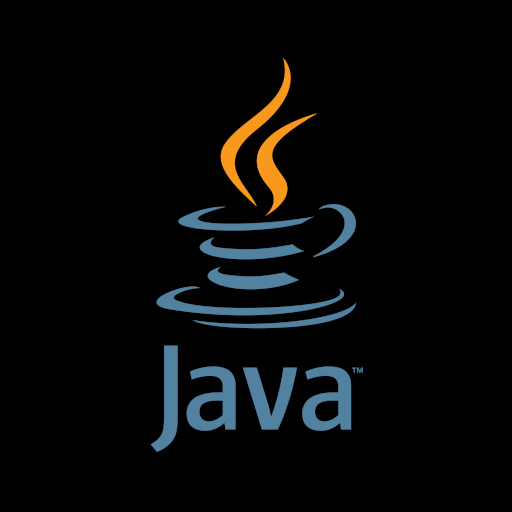

I know a couple game devs and absolutely blasted them for that take.
We have had quite a few indy devs make the point that the “Linux” bugs are generally cross platform issues and Linux users are more likely to raise a bug report and tend to raise more useful bug reports.
Which means avoiding Linux due to higher bug reports is just hiding from technical debt.


















QT is a cross platform UI development framework, its goal is to look native to the platform it operates on. This video by a linux maintainer from 2014 explains its benefits over GTK, its a fun video and I don’t think the issues have really changed.
Most GTK advocates will argue QT is developed by Trolltech and isn’t GPL licensed so could go closed source! This argument seems to ignore open source projects use the Open Source releases of QT and if Trolltech did close source then the last open source would be maintained (much like GTK).
Personally I would avoid Flutter on the grounds its a Google owned library and Google have the attention span of a toddler.
Not helping that assessment is Google let go of the Fuschia team (which Flutter was being developed for) and seems to have let go a lot of Flutter developers.
Personally I hate web frontends as local applications. They integrate poorly on the desktop and often the JS engine has weird memory leaks